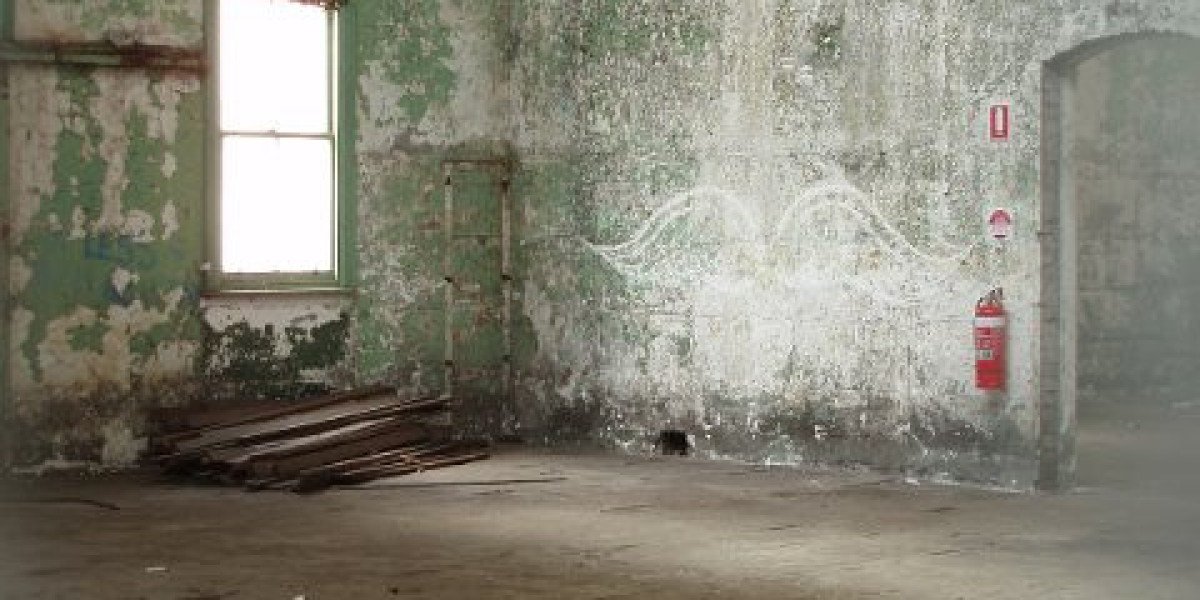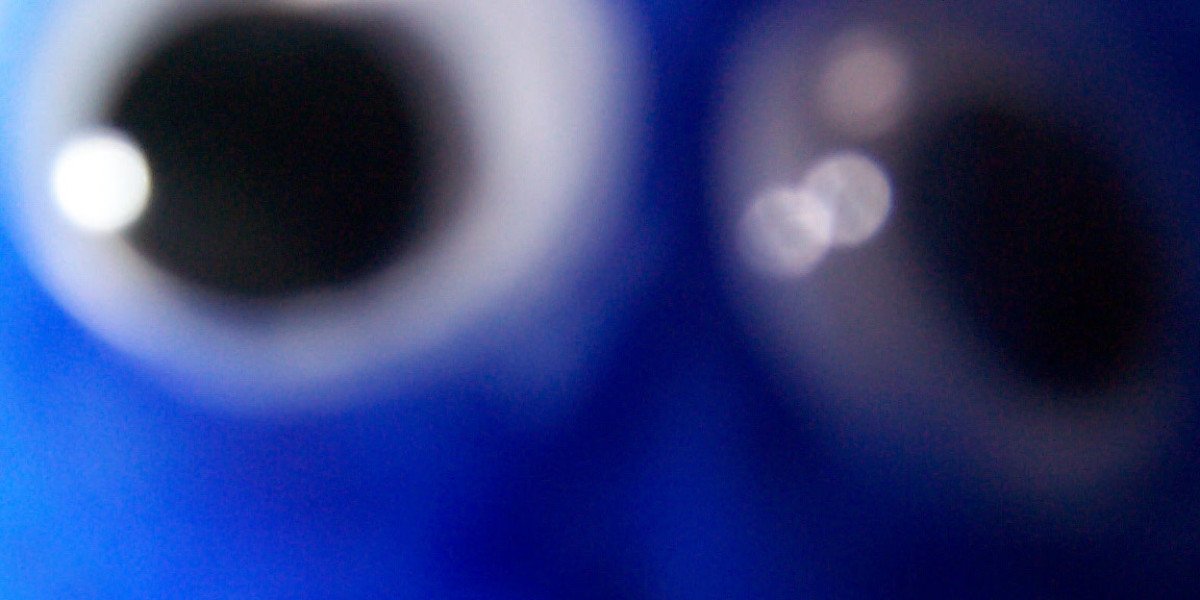A catalogue may seem like the simplest of tools—a list, a record, an orderly compilation of items—but behind its calm appearance lies one of humanity’s most powerful inventions. Whether it’s a centuries-old library index, a glossy retail brochure, or an online store’s digital interface, the catalogue represents our enduring effort to bring structure to abundance and make discovery intuitive. It’s the bridge between chaos and clarity, between curiosity and choice.
At its core, a catalogue is a systematic collection of information, organized to help people find what they need quickly and logically. The term can refer to an array of things: a bookstore’s inventory, a museum’s art register, a company’s product lineup, or even a database of celestial objects. Regardless of format, every catalogue shares a central mission—to transform complexity into accessibility.
The history of catalogues stretches back centuries. Ancient libraries used clay tablets and scrolls to track collections, while Renaissance merchants maintained meticulous ledgers to manage trade goods. The concept truly flourished with the rise of the printing press, which made it possible to distribute catalogues widely. During the industrial era, companies like Sears, Roebuck & Co. famously turned the humble catalogue into a cultural icon, giving distant customers access to urban products with just a mailing address and a sense of wonder.
In the digital age, the catalogue has evolved into a dynamic, interactive experience. E-commerce platforms like Amazon, eBay, and countless others rely on meticulously curated catalogues that can be filtered, sorted, and personalized through algorithms. Instead of flipping pages, users now navigate infinite shelves through search bars and smart recommendations. Meanwhile, libraries, museums, and universities have digitized their catalogues, turning once-private archives into globally accessible treasures.
A key virtue of any catalogue—digital or physical—is organization. The best ones combine logical structure with thoughtful design, allowing users to navigate effortlessly. Metadata, tags, and categories act like invisible librarians behind the scenes, helping users jump from one item to another with precision. Done well, cataloguing transforms a simple list into a map of connections and meanings.
Modern catalogues also embrace data intelligence. Machine learning now powers content recognition, automatic tagging, and personalized product suggestions. A digital catalogue can learn your taste in books, music, or fashion, tailoring its contents to feel almost telepathic. In a sense, catalogues have shifted from being static records to living systems that understand and evolve alongside their users.
Yet, despite all the algorithmic sophistication, the catalogue still reflects something deeply human: our need to curate, categorize, and communicate. Every catalogue—whether it lists museum artifacts or indie records—tells a story about what someone values enough to preserve and share. It’s both a practical tool and a cultural mirror.
Source - https://www.marketresearchfuture.com/reports/catalogue-market-22407
In the end, the catalogue is more than a directory of things; it’s a celebration of our desire to make sense of the world. It invites exploration with order, discovery with context, and creativity with structure. In every entry lies a fragment of human curiosity—and in every well-crafted catalogue, a quiet promise: that no matter how vast the information around us becomes, we can still find our way through it.







